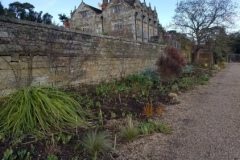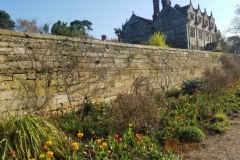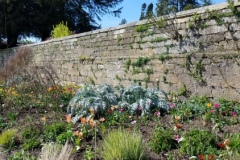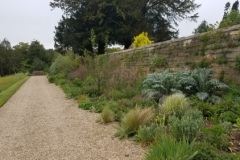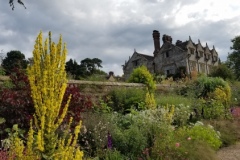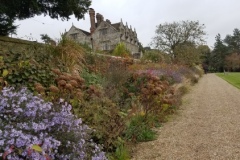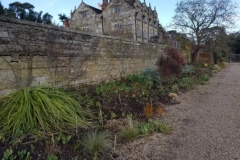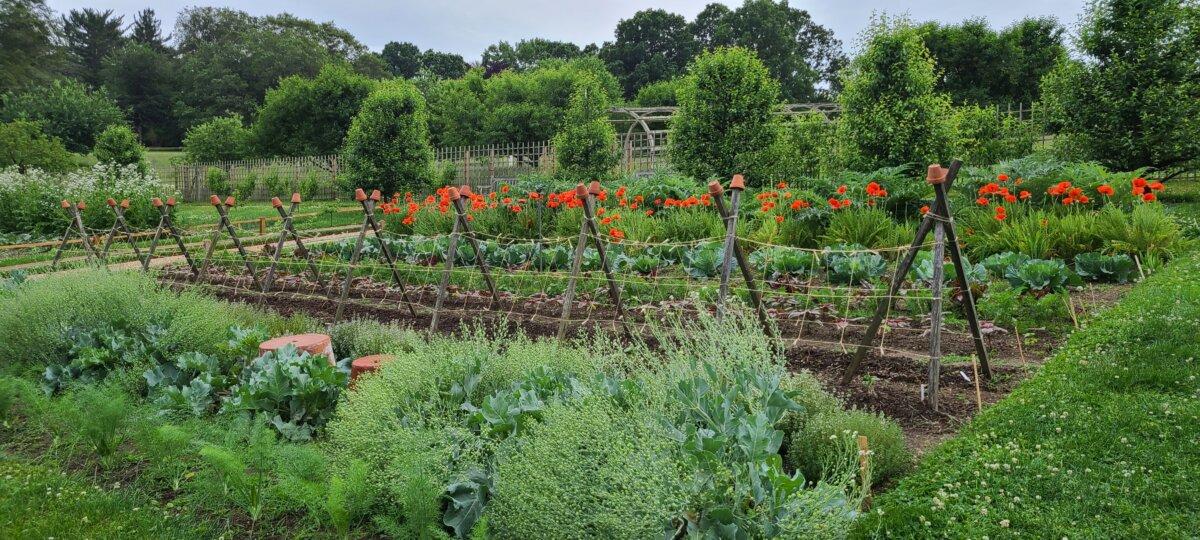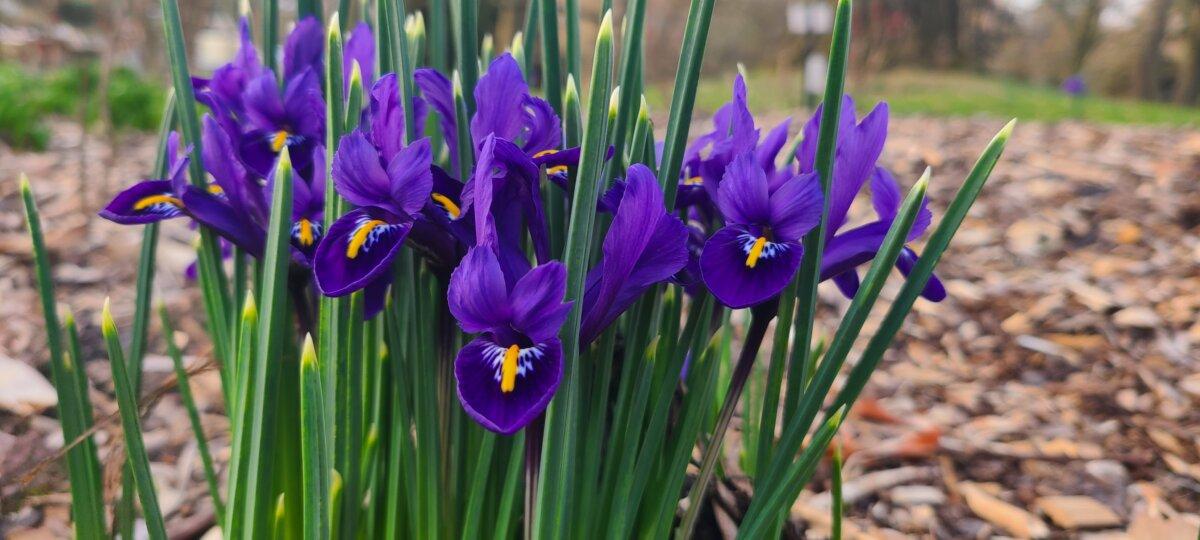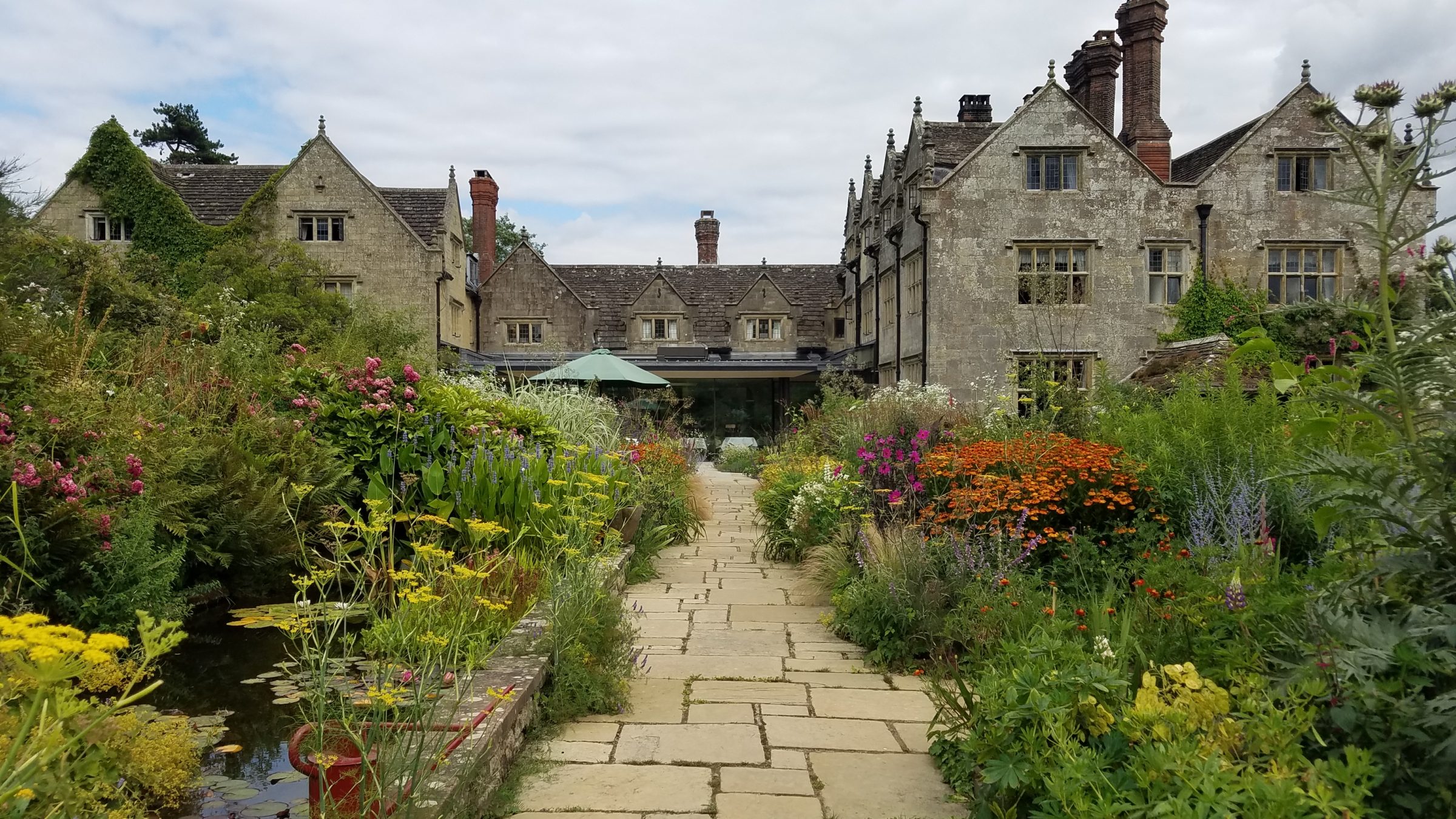
Relinquishing Control; The Birth of the Wild Garden
Nature is often our greatest teacher. It reveals simple truths that can provide guidance to complex situations we face throughout our lives. Philosophers and scholars have looked to nature for inspiration throughout our history. Scientists and engineers have created amazing modern machines by observing natural phenomena. And William Robinson has taught us through his observations that not only can we apply the lessons of the natural world to our human natures, but we can also extend them into our gardens.
“Nature does not hurry, yet everything is accomplished.” ~ Lao Tzu
The Philosophy
William Robinson, the Irishman who taught the English how to garden, had the foresight to recognize that when it comes to our gardens, it is much wiser to relinquish control rather than to force rigid designs onto the landscape.
He understood that when it comes to garden design, we only have to look to nature for inspiration. His publication of “‘The Wild Garden” in 1870 communicated to the gardening world his philosophy of naturalistic garden designs that allowed nature to be the grand designer.
“The wild garden doesn’t abandon design, but it does imply that design devoted to complete control is unsustainable.” Rick Darke, ‘Wild Garden’ pg.54
Robinson loathed the formal Victorian garden and the gardening practices associated with its creation and ongoing development. Mass plantings of tender perennials, exotic annuals, constant soil cultivation, meticulously trimmed hedges, and stiff planting schemes were railed against in The Wild Garden.
He believed the tremendous amount of input necessary to create and maintain a formal Victorian garden was not only wasteful but in bad taste.
“The custom of digging shrubbery borders prevails now in almost every garden, and there is no worse custom.” William Robinson, ‘Wild Garden’ pg. 159
To combat these egregious customs, William Robinson had the crazy idea of growing various perennials within the border beds, instead of using a mass planting bedding scheme. He is now credited as one of the pioneers of the mixed herbaceous border where anchor plants provide structure and interest throughout the seasons while herbaceous perennials, grasses, geophytes, climbers, and annuals intermingle in harmony.
‘Who would not rather see the waving grass with countless flowers than a close surface without blossom?’
Gravetye Manor
There is no better example of these wild gardening elements than at Gravetye Manor in Sussex, England. William Robinson purchased the 16th-century Elizabethan manor in 1884 and used it as his experimental gardening lab until his death in 1935. It’s been said even in his last days, the wheelchair-bound Robinson would make his way to the garden to throw seed into the flower beds.
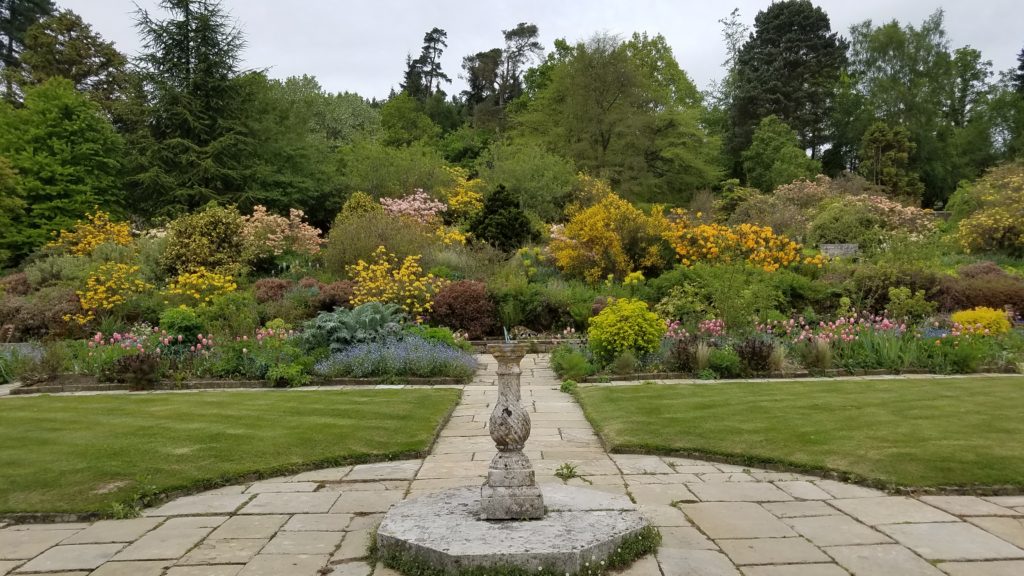
He now had all the key elements to create a garden in his vision. The manor is surrounded by a 1,000 acres of forest. The topography is fluid, with elevation changes providing beautiful viewsheds and opportunities to experiment with various plant communities. The manor itself provides the skeleton for which the garden is draped on and the surrounding borrowed landscape adds the intangibles.
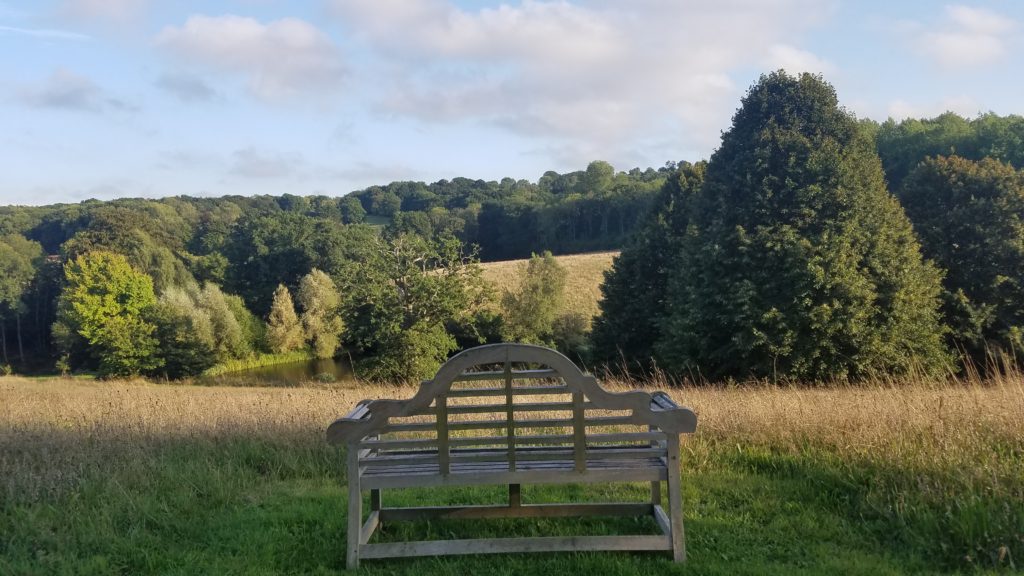
Having worked at Gravetye Manor as a gardener, I can say that the garden has a charm to it rivaled by few. The 34 acres of the gardens proper is surrounded by a forest of English oaks, European beech, Poplar, Western Hemlock, Austrian Pine, Ash, Sugar Maple, and Western red cedar.
Within the garden, Robinson added non-native trees he revered during his travels to America. He understood that an ecosystem requires a diversity of plants to combat climatic changes, pest outbreaks, and viruses that might devastate a monoculture of plant communities. His novel landscape incorporated U.S natives like Liquidambar styraciflua, Nyssa sylvatica, and Sequoia sempervirens.
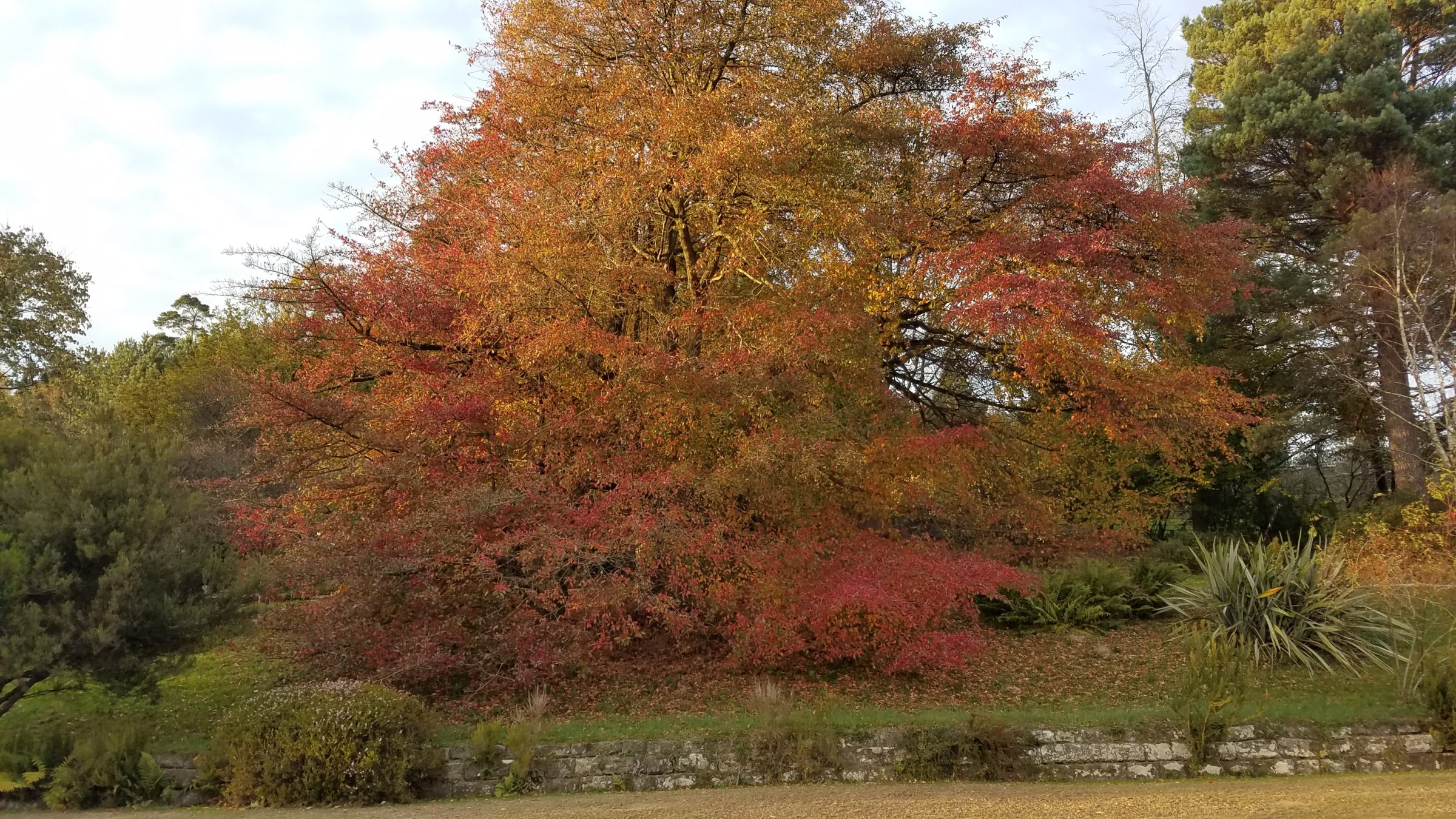
These larger trees were relegated to the outskirts of the garden while smaller specimen trees like Cornus alternifolia, Pyrus salicifolia, Magnolia campbellii, among others, set the tone for the feel of various areas. The M. campbellii is especially a standout specimen, sheltered in the corner of the long border, it throws shade at the Clerodendron bungii that’s layered under its canopy and the guests enjoying a meal in the little garden.
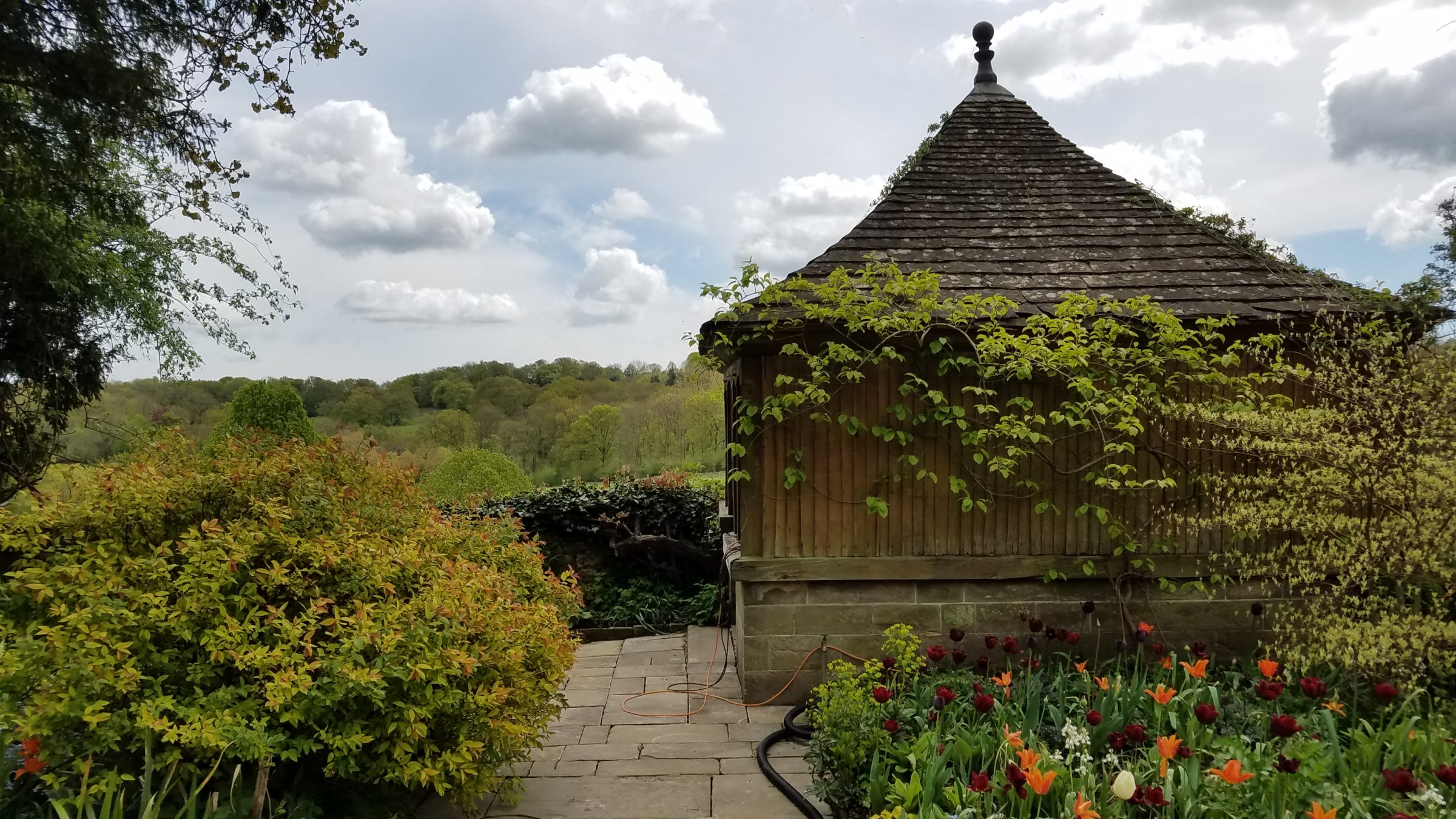
Within the borders trees like Acer platanoides ‘Crimson King’ and Catalapa speciosa are coppiced and used as anchor plants. Their bold foliage and strong presence contrast with the flowing nature of the flame and long borders.
“In beds of choice shrubs, the same plan on a small scale will do, but in this case, rare plants might often be planted, and that is flower gardening.” William Robinson, ‘Wild Garden’ pg. 162
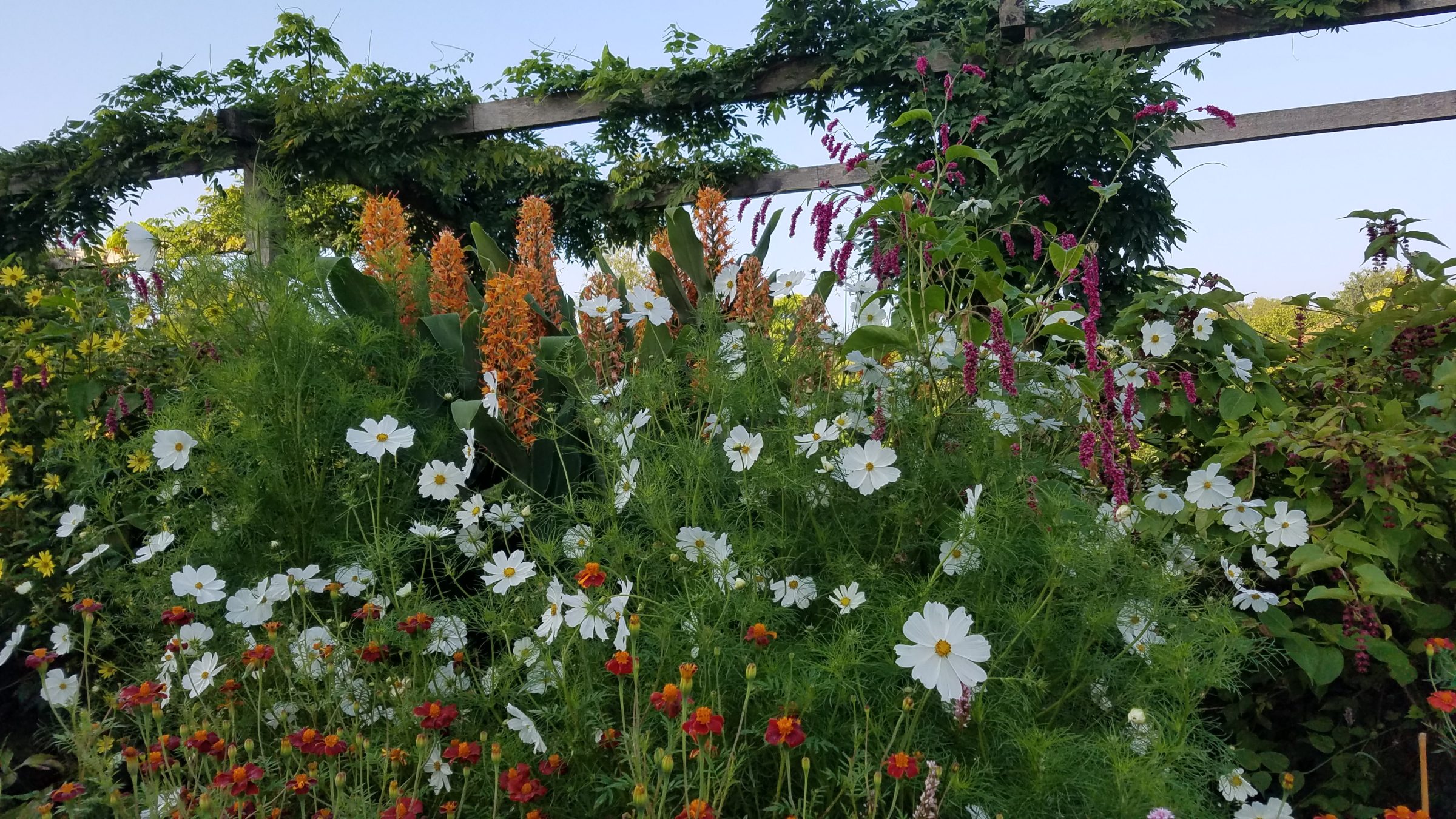
As the flower beds approach the manor, coppiced trees give way to roses, woody shrubs, and stately grasses. They are the permanent fixtures within the dynamic mixture of herbaceous perennials, annuals, geophytes, climbers, and spring ephemerals. All these plants intermingle in sublime harmony that is kept in check by the careful hands of the gardeners.
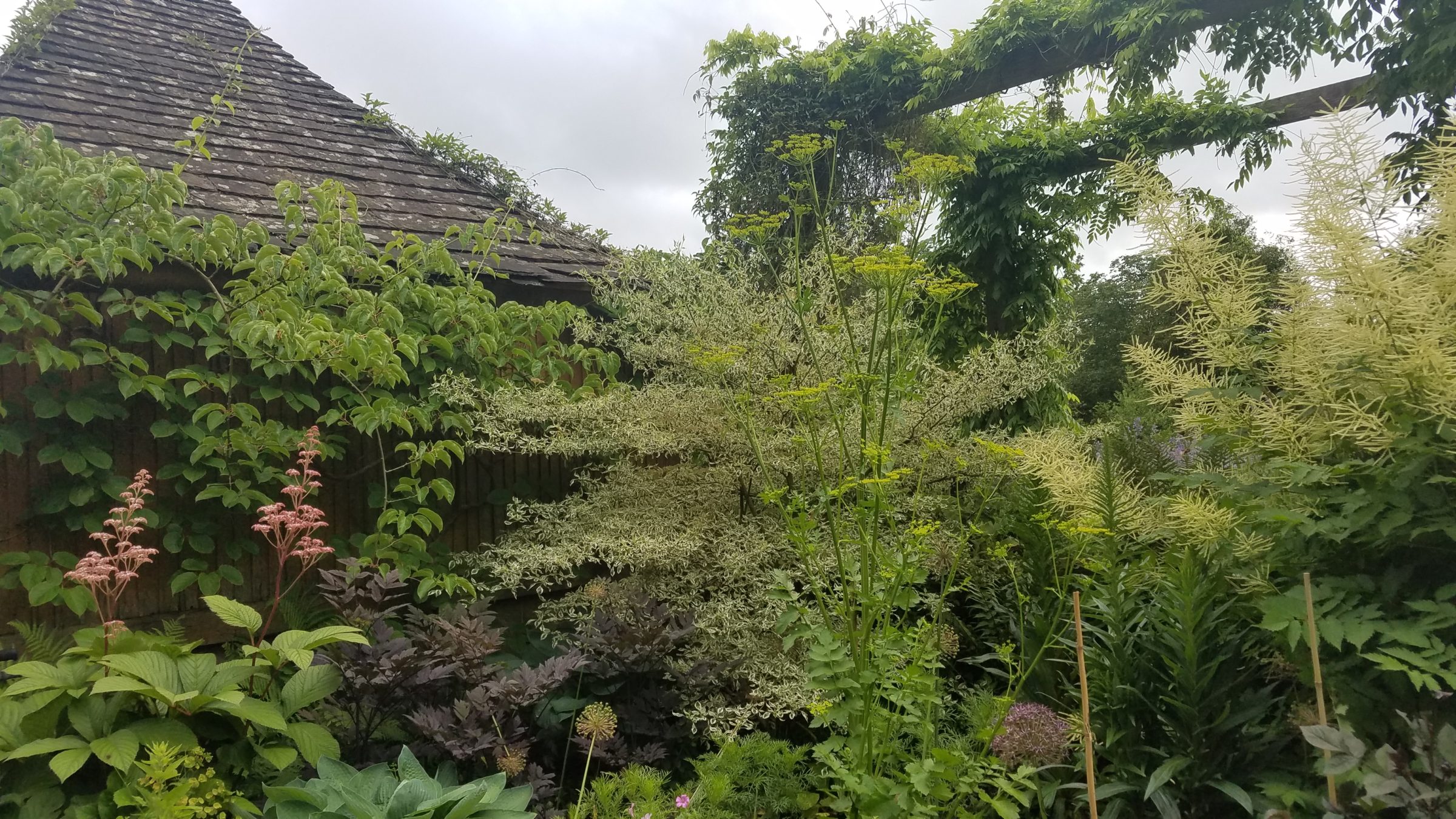
Each bed has a successional planting scheme that creates a fluid transition between the seasons. When I arrived in early January the beds have already been worked. The bulbs were in the ground, the Myosotis sylvatica that reseeded last season was strategically placed after being lifted last fall, and the skeletons of plants like Cyanara cardunculus (Cardoon), Berkheya purpurea, Telekia speciosa, remained through the winter.
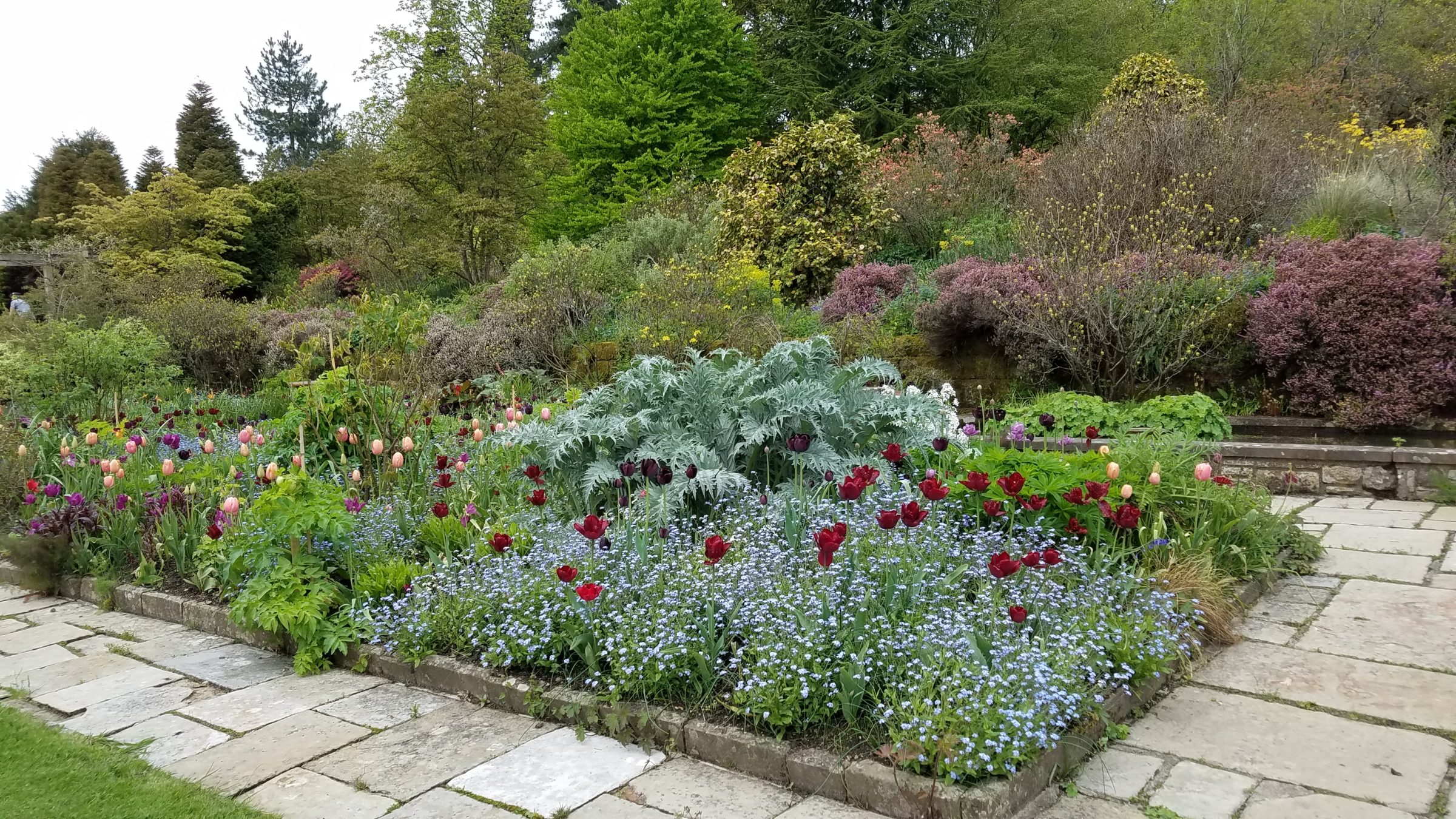
What’s really impressive is that although each bed has its own style and features, all of them work together in harmony. The carefully thought out plantings carry your eye from one bed to the other without breaking focus. Color theory is not strictly adhered to and the planting style is not set in stone. Plants move, are divided, or sent to the compost if their previously thought spot in the earth no longer satisfies the design intent.
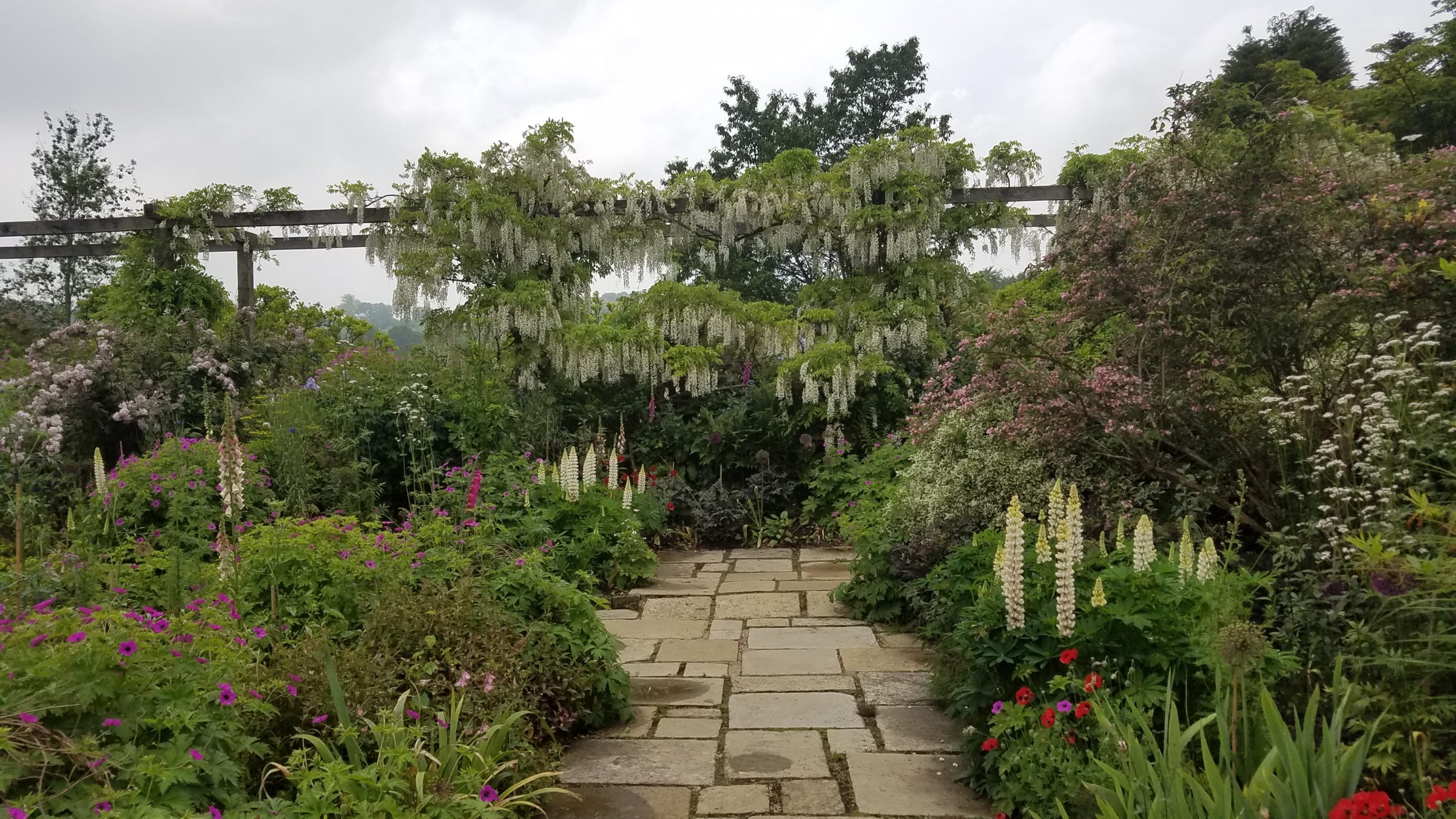
“..the tendency of the men being, almost in spite of themselves, to plant in stiff and set or too regular masses.” William Robinson, ‘Wild Garden’ pg.168
The above sentiment by William Robinson addresses the compulsion to be neat, orderly, and to want control. Head gardener, Tom Coward, and his outstanding team have their own dynamic planting style which gives homage to Robinson’s philosophy. Tom’s unique vision lends itself to a lot of Robinson’s own style and is a perfect fit for Gravetye Manor.
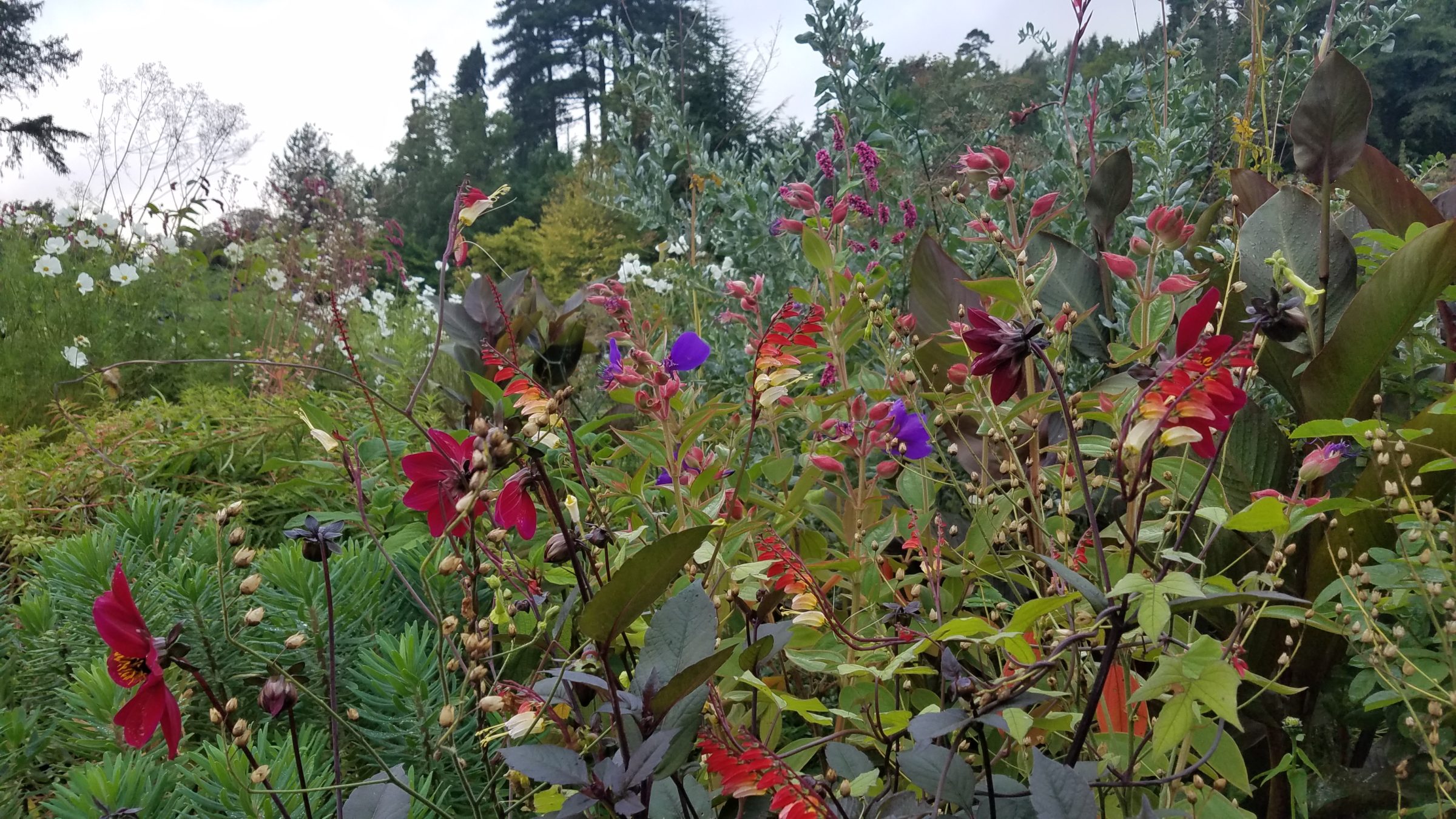
I think both men are described well by this Rick Darke quote from the Wild Garden:
“…railing against the monotony of order, and both recognized the diversity and serendipity that often result from a lessening of control.” Rick Darke, ‘Wild Garden’ pg.16
Wild Gardening Lessons
Serendipity is a very accurate depiction of what happens in a flower garden that’s allowed to breathe and be cultivated. The stone and weeds are lifted, compost put down, and a garden is planted, tended to, but some things are left to chance. From this point of creation, there is room for wonderful things to happen without the need for analytical thinking.
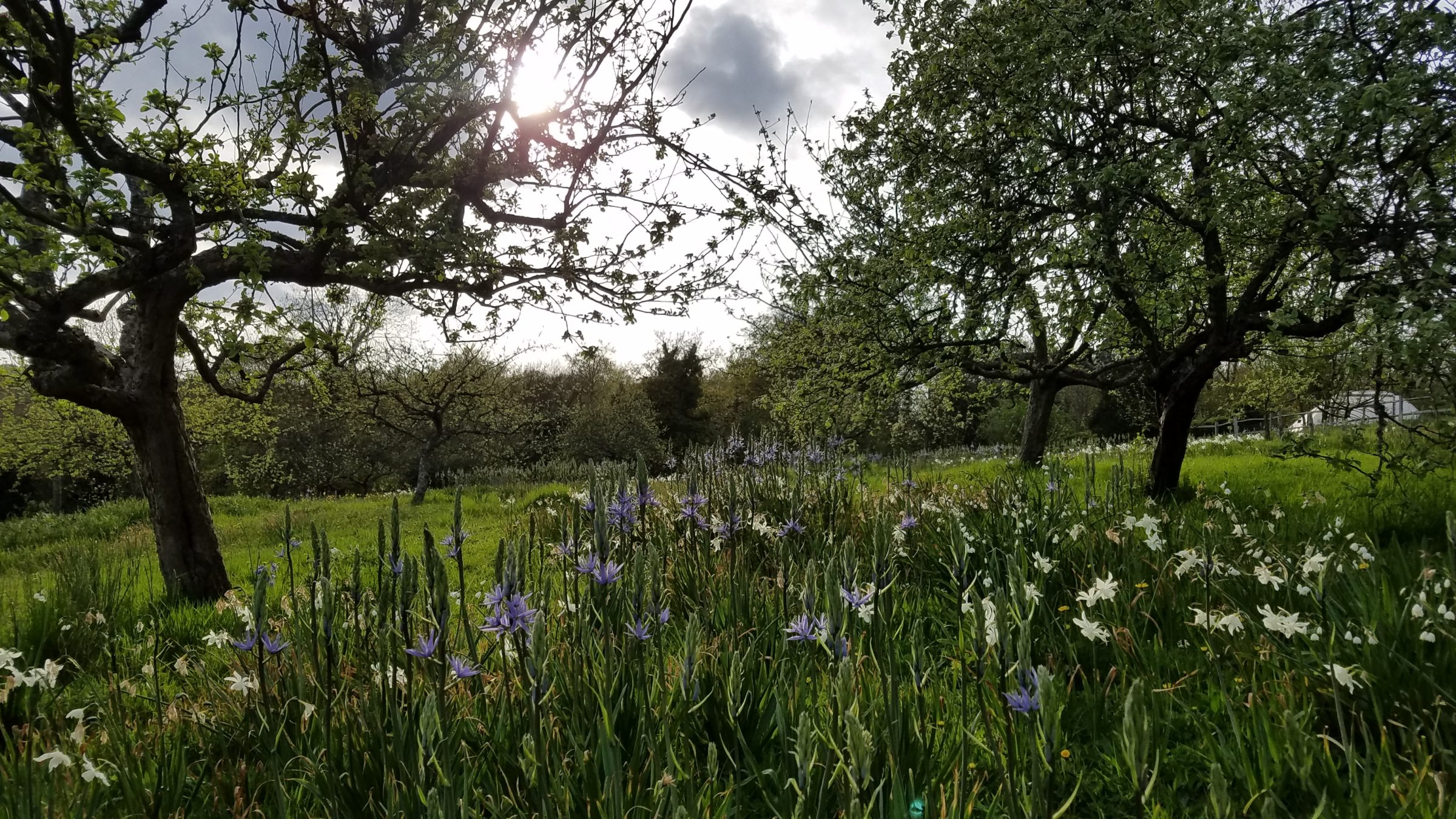
That is the essence of wild gardening. A style which leaves unpredictable things to occur. That is the joy of gardening. Coming out each day to observe and sometimes to hope that something unexpected will be seen in the garden. Whether it be a seedling sprouting up in an unusual place, a vine making its way to where it’s not wanted, or a happy happening between two plants, it is the goal of wild gardening.
My time at Gravetye Manor allowed me to observe a garden which taught me lessons I hold dear to my heart. Relinquishing control doesn’t mean we stop tending to the garden and no longer cultivate, choose what or when to plant, or create cohesion, rather it means to create in harmony with nature.
If you would like to experience a stay at Gravetye Manor, dine at their Michelin Star restaurant, or tour the gardens, please visit their site.
https://www.gravetyemanor.co.uk/
Cheers!





